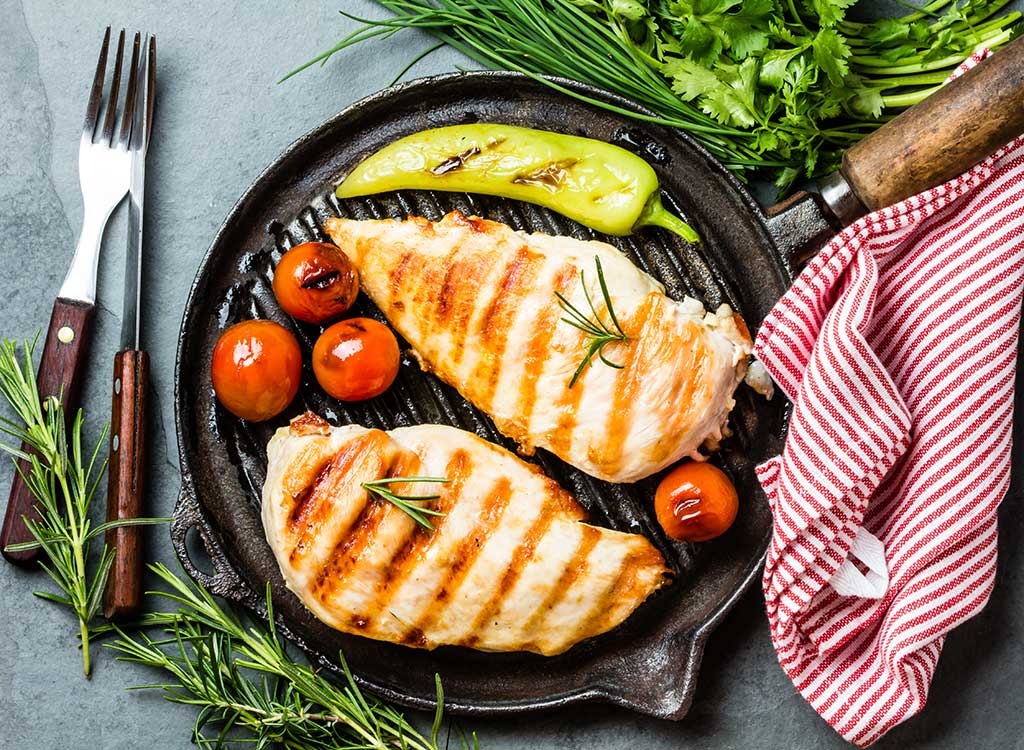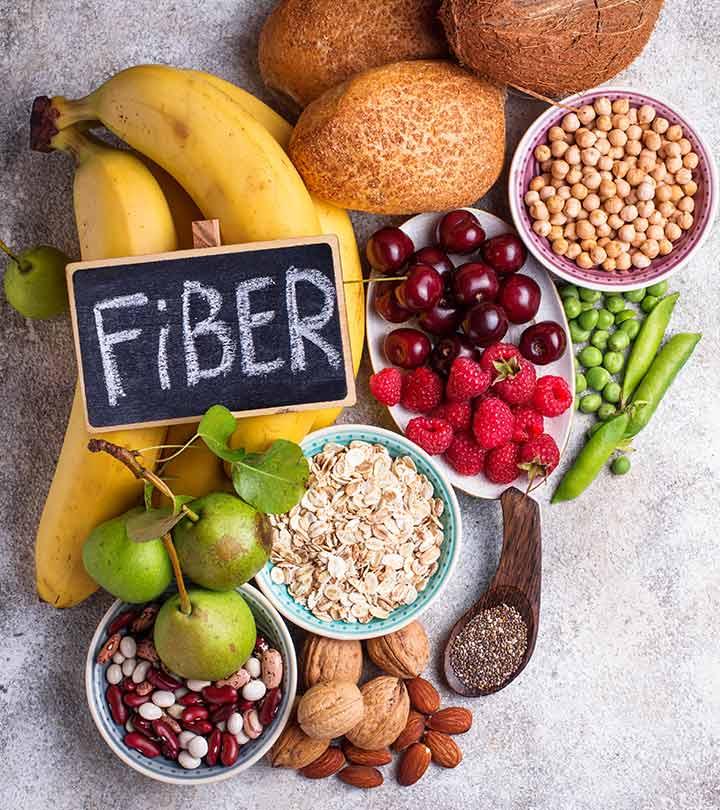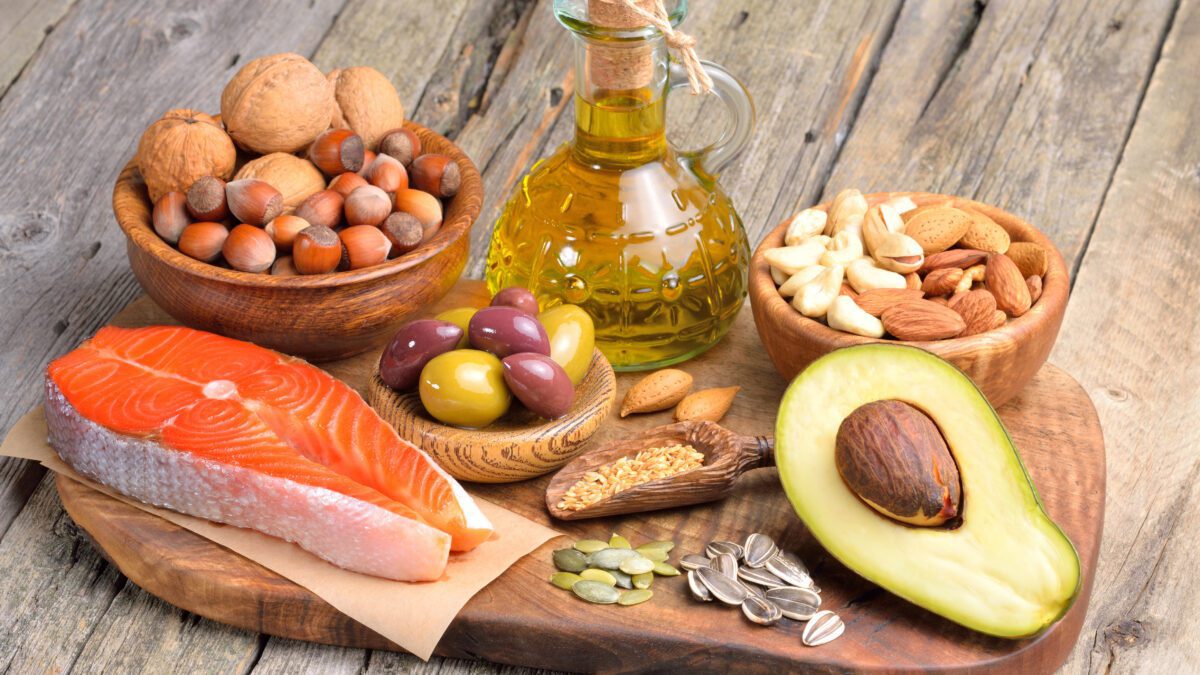Are you suffering from obesity?
Eating a healthy diet can help you maintain a healthy weight and reduce your risk of obesity and related conditions such as type 2 diabetes and heart disease. To burn fat, it's important to focus on foods that are rich in nutrients and low in calories and unhealthy fats. Here are some examples of healthy foods that can help you burn fat:
Lean proteins: These include poultry, fish, and plant-based proteins such as tofu and legumes. Lean proteins help repair and build muscle tissue, which can help you burn more calories.
High-fiber foods: These include fruits, vegetables, whole grains, and legumes. High-fiber foods are filling and can help you feel full longer, which can help you reduce your overall calorie intake.
Healthy fats: These include monounsaturated and polyunsaturated fats, which are found in foods like avocados, nuts, and olive oil. Healthy fats can help you feel full and satisfied, which can help you stick to your diet.
Green tea: Green tea contains antioxidants called catechins, which have been shown to boost metabolism and help burn fat.
It's important to remember that no single food can help you burn fat on its own. The key to losing weight and burning fat is to adopt a healthy lifestyle that includes a balanced diet and regular physical activity.
Lean proteins
Lean proteins are types of protein that are low in fat and calories, making them a healthy choice for weight management and overall health. They provide the body with the amino acids it needs to build and repair tissues, including muscle. Lean proteins can help with weight management because they are more satisfying than carbohydrates or fats, which can help you feel full and satisfied and control your calorie intake. Some examples of lean proteins include poultry (such as chicken and turkey), fish (such as salmon and tuna), and plant-based proteins like tofu, legumes (such as beans and lentils), and nuts and seeds. It's important to choose a variety of protein sources to ensure that you're getting all the essential amino acids your body needs.
High-fiber foods
High-fiber foods are foods that are rich in dietary fiber, a type of carbohydrate that the body can't digest. There are two types of dietary fiber: soluble and insoluble. Soluble fiber dissolves in water and forms a gel-like substance in the digestive tract, while insoluble fiber does not dissolve in water and helps to add bulk to the stool. Both types of fiber are important for maintaining good health.
High-fiber foods include fruits, vegetables, whole grains, and legumes. They are an important part of a healthy diet because they provide a number of health benefits, including:
- Helping to regulate bowel movements and prevent constipation
- Lowering cholesterol levels and reducing the risk of heart disease
- Helping to control blood sugar levels and reduce the risk of type 2 diabetes
- Assisting with weight management, as fiber-rich foods tend to be more filling and can help you feel full longer, which may help you eat less and control your calorie intake.
It's important to aim for at least 25 grams of fiber per day for women and 38 grams per day for men. To increase your fiber intake, try adding more high-fiber foods to your diet, such as whole grains, fruits, vegetables, and legumes.
Healthy fats
Healthy fats are types of fat that are good for your overall health and can help to support a healthy weight. Unlike unhealthy fats, which can increase the risk of certain health conditions such as heart disease and obesity, healthy fats can provide a number of benefits, including:
- Helping to regulate cholesterol levels and reduce the risk of heart disease
- Supporting brain function and cognitive health
- Providing energy and helping to absorb fat-soluble vitamins and minerals
- Helping to reduce inflammation
There are several types of healthy fats, including monounsaturated fats and polyunsaturated fats. Monounsaturated fats are found in foods such as avocados, nuts (such as almonds and peanuts), and olive oil. Polyunsaturated fats are found in foods such as fatty fish (such as salmon and tuna), seeds (such as flaxseeds and chia seeds), and vegetable oils (such as canola oil and sunflower oil).
It's important to include healthy fats in your diet, but it's also important to be mindful of portion sizes and to choose healthy fats over unhealthy ones. Unhealthy fats, such as trans fats and saturated fats, should be limited in the diet.
Green tea
Green tea is a type of tea that is made from the leaves of the Camellia sinensis plant. It is known for its numerous health benefits and has been widely consumed in Asia for centuries. Green tea is rich in antioxidants, particularly a type called catechins, which have been shown to have numerous health benefits.
One potential benefit of green tea is that it may help to boost metabolism and burn fat. Some studies have suggested that the catechins in green tea can help to increase the body's metabolism and fat oxidation, leading to weight loss. However, the effects of green tea on weight loss may be modest, and more research is needed to fully understand the relationship between green tea and weight loss.
In addition to its potential weight loss benefits, green tea is also rich in other antioxidants and has been linked to a reduced risk of several health conditions, including heart disease, stroke, and certain types of cancer. It's important to note that green tea should be consumed in moderation, as it does contain caffeine and consuming large amounts may cause side effects such as insomnia, nervousness, and digestive problems

.png)




